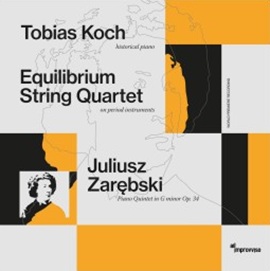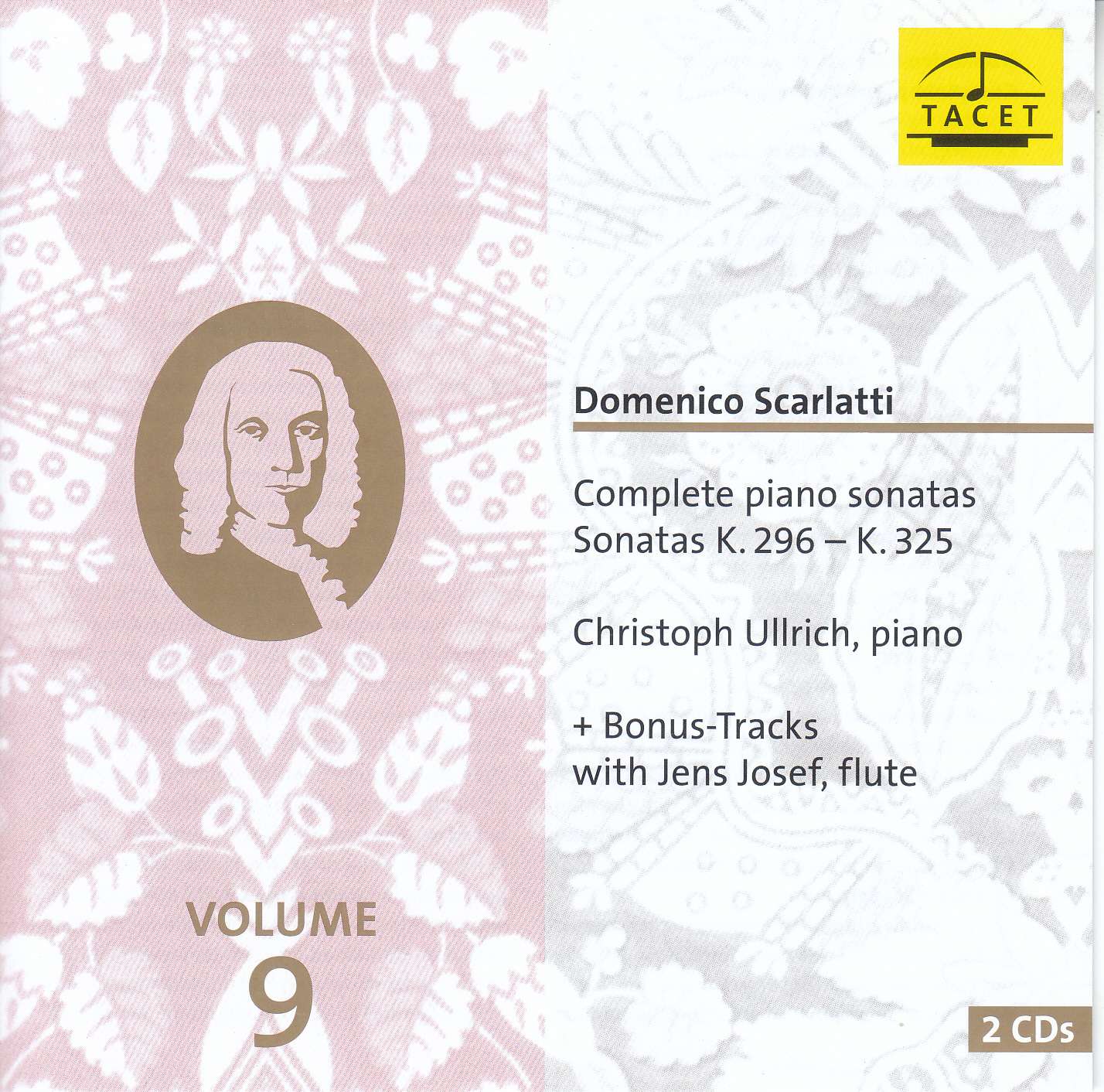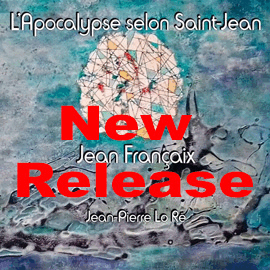Von Scarlattis über 500 Sonaten präsentiert Christoph Ullrich jetzt im Volume 9 seiner Gesamtaufnahme die Sonaten K. 296-325 sowie ein Originalwerk und zwei Bearbeitungen des Flötisten Jens Josef.
Domenico Scarlatti (1685-1757), geboren in Neapel am 26. Oktober 1685, gestorben in Madrid am 23. Juli 1757 wirkte u.a. in Neapel, Rom, London und Madrid. Er komponierte Opern (bis 1718), Sakralmusik und eben mehr als 550 Cembalostücke. Diese wurden zu seinen Lebzeiten kaum veröffentlicht. Was heute zugänglich ist, kommt aus vielen verschiedenen Quellen.
In der Ausgabe von Henle heißt es: « Mit seinen charaktervollen Themen, natürlichen kantablen Melodien und tänzerischen Sätzen triumphierte Scarlatti über den schweren Barockstil. Das spieltechnische Moment ist ein formal konstitutives Element innerhalb seiner einsätzigen Sonaten. Zum ersten Mal in der Geschichte der Klaviermusik muss der Interpret die Hände kreuzen und weite Sprünge bewältigen. »
Viele von Scarlattis Sonaten haben einen erkennbaren Stil und enthalten spanische und portugiesische Tonalität und Rhythmik.
Was man an Ullrichs Darbietungen wirklich bewundern muss, ist die Art und Weise, wie er die Musik nicht nur spielt, sondern sie auch lebt. Die Art und Weise, wie er nuanciert und die Musik rhetorisch aufwertet, ist bemerkenswert.
Wie in den vorangegangenen Aufnahmen kann man also auch diesmal ein phantasievolles Spiel bewundern, das sich zudem durch einen hervorragenden Sinn für Rhythmus und Farben auszeichnet.
From Scarlatti’s more than 500 sonatas, Christoph Ullrich now presents the sonatas K. 296-325 as well as an original work and two arrangements by flautist Jens Josef in Volume 9 of his complete recording.
Domenico Scarlatti (1685-1757), born in Naples on October 26, 1685, died in Madrid on July 23, 1757, was active in Naples, Rome, London and Madrid, among other places. He composed operas (until 1718), sacred music and more than 550 harpsichord pieces. These were hardly ever published during his lifetime. What is available today comes from many different sources.
The Henle edition states: « With his characterful themes, natural cantabile melodies and dance-like movements, Scarlatti triumphed over the heavy Baroque style. The technical moment is a formally constitutive element within his one-movement sonatas. For the first time in the history of piano music, the performer has to cross his hands and make long leaps. »
Many of Scarlatti’s sonatas have a recognizable style and contain Spanish and Portuguese tonality and rhythm.
What you really have to admire about Ullrich’s performances is the way he not only plays the music, but lives it. The way he nuances and rhetorically enhances the music is remarkable.
So, as in previous recordings, one can admire truly imaginative playing that is also characterized by an excellent sense of rhythm and color.























